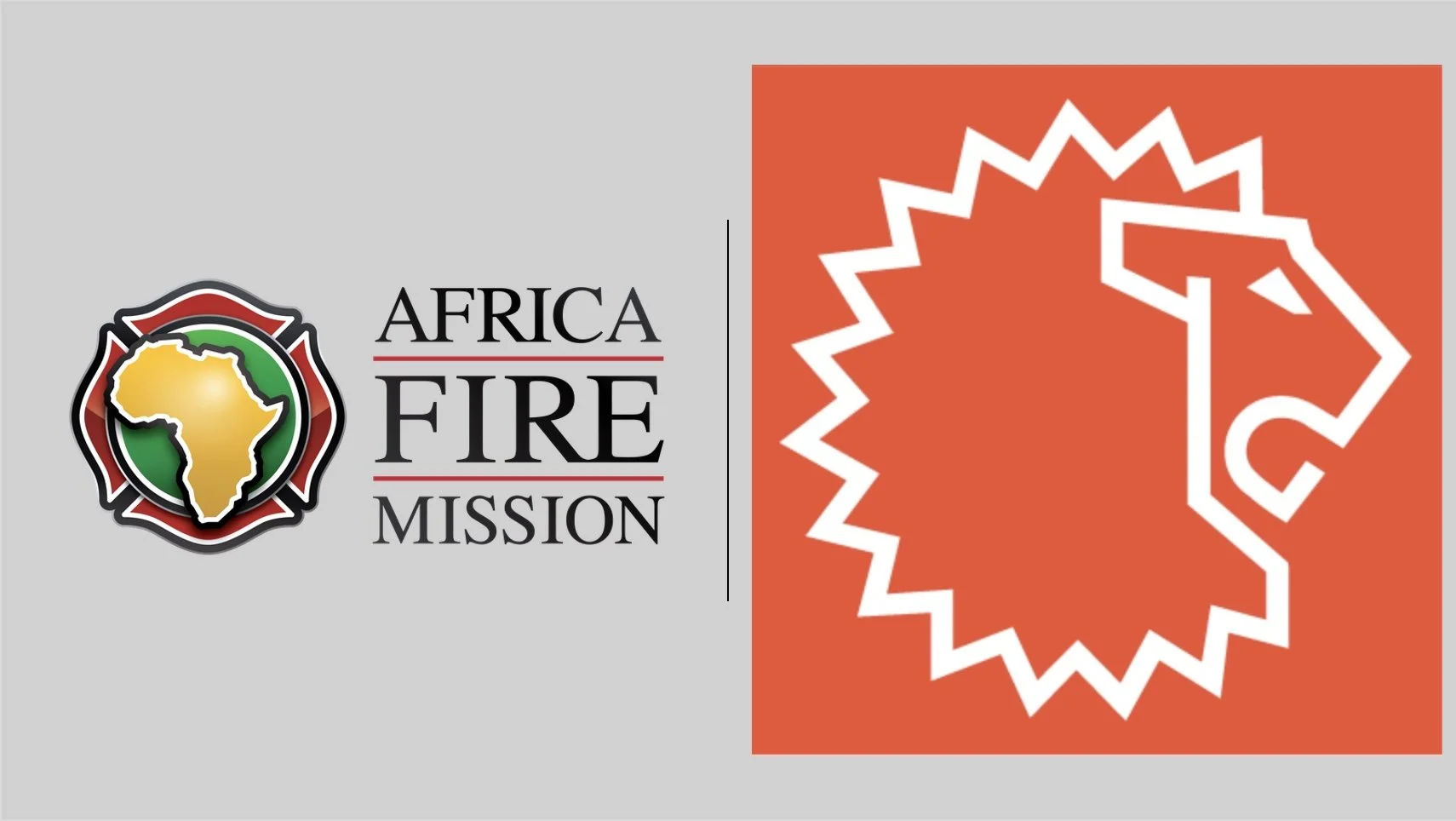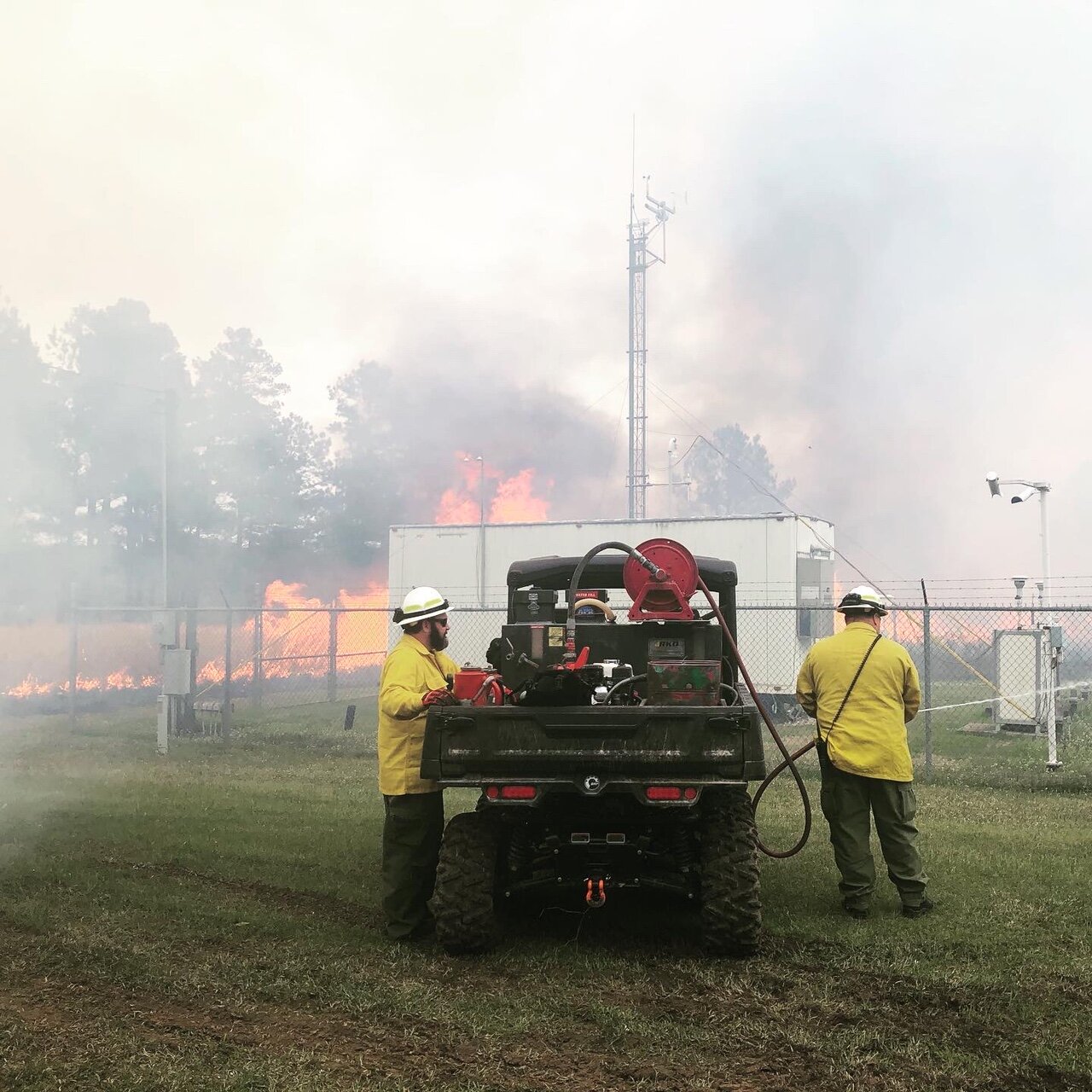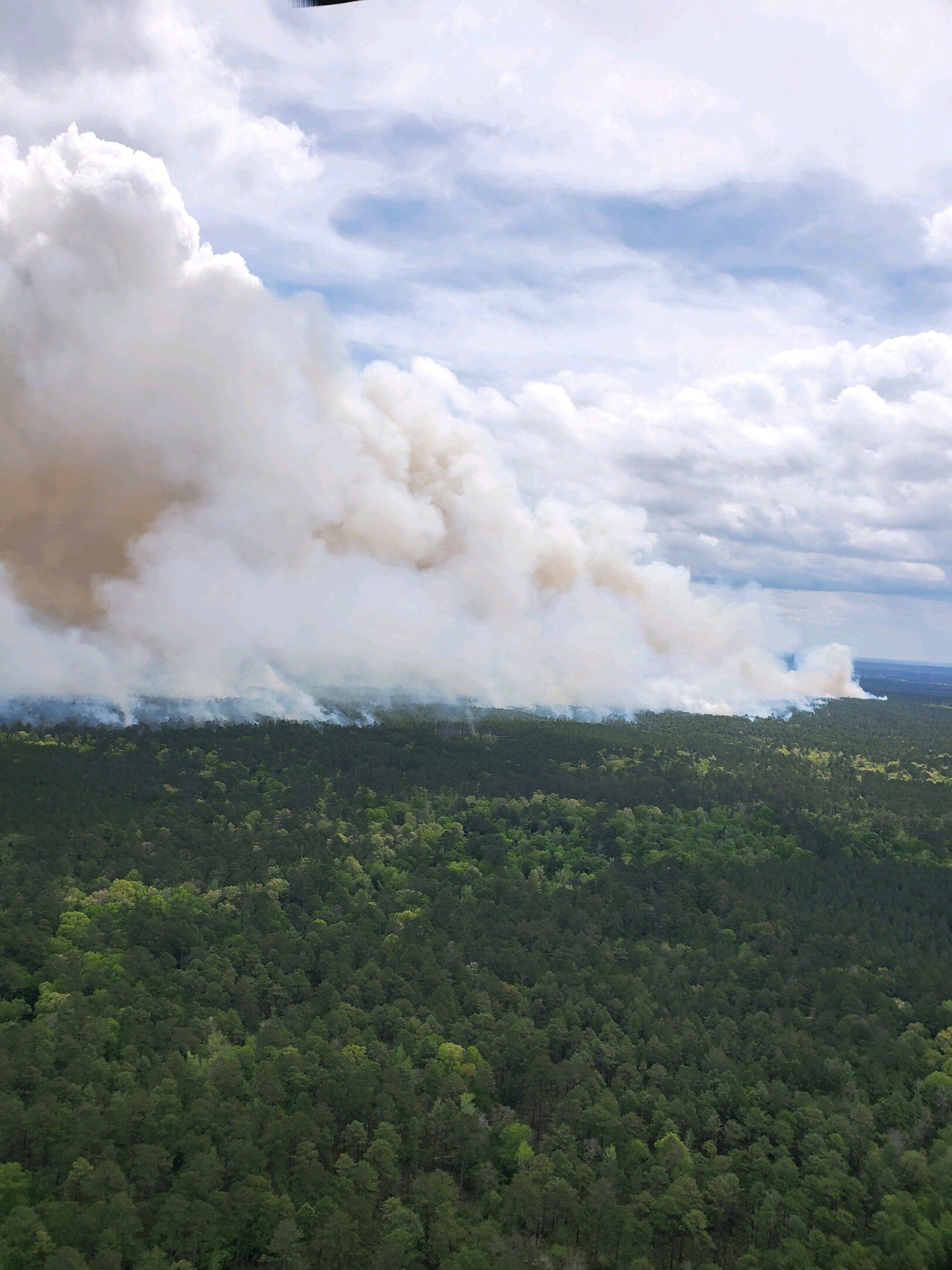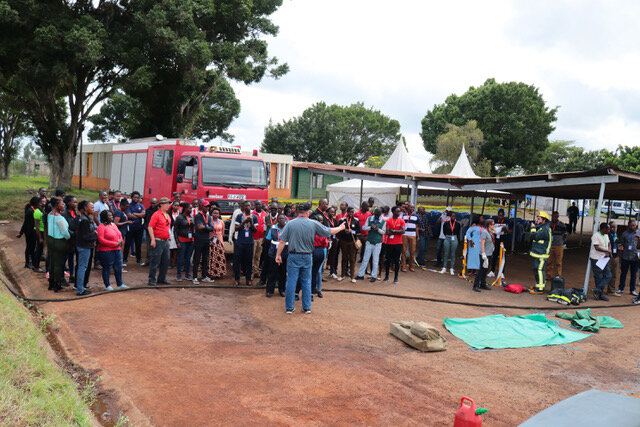by Mike Kull
Recently there has been discussion throughout the Fire Service about the presence of and exposure to PFAS for firefighters. PFAS (per- and poly-fluoroalkyl substances) are a man-made class of thousands of “forever chemicals” that do not break down in the environment, are highly mobile, and can accumulate in the body and cause disease.
Firefighters are exposed to these chemicals several ways:
Smoke and Soot from Fires
AFFF (Aqueous Film Forming Foam) Firefighting Foam
Dust, Dirt and Debris around the Fire Station
Firefighter Turnout Gear (PPE or Personal Protective Equipment)
There are many ways to try to reduce exposure to these hazardous chemicals. Firefighters should always wear a complete PPE ensemble (Tunic, trousers, boots, gloves, hood, helmet and BA) when exposed to smoke from fires containing any man-made products. This PPE should be properly cleaned after each exposure to smoke and soot. Care should be taken when removing this contaminated gear and firefighters should thoroughly clean and shower themselves after each incident involving smoke and soot. Fire Brigades should evaluate the type and use of AFFF foam. AFFF should not be used for training, exposure should be limited, and everything exposed should be flushed with clean water. Care should be taken while cleaning the Fire Station and equipment to limit exposure to dust and soot from fires.
These are all practices that have been implemented throughout the world to limit exposure to harmful chemicals. Another exposure comes from PPE itself. Research has shown that most firefighter PPE is treated with some of these “forever chemicals.” The equipment is treated with these chemicals to meet standards and requirements for the performance and manufacture of firefighting PPE. These chemicals may be used to increase resistance to flames and provide waterproofing in the equipment. Firefighters can be exposed to these chemicals through absorption through the skin.
The exposure to these chemicals from firefighting PPE poses a special problem for many firefighters in Africa. In other parts of the world, Fire Brigades are changing policies and procedures and procuring alternate equipment to reduce this exposure. The equipment containing these chemicals is only being used for incidents involving fire. For many African firefighters, turnout gear is worn all the time. Many firefighters do not have uniforms, and the turnout gear is worn as if it were a uniform. Many firefighters don’t have access to alternate forms of PPE that do not contain these chemicals so wearing a different type of PPE is not an option.
Summary:
Firefighters need to be aware of the hazard of being exposed to PFAS.
Firefighters need to take steps to limit their exposure to these chemicals.
Firefighters need to find a balance between reducing exposure to hazards and appropriately serving their communities.
Firefighters should explore other options for identifying themselves with uniforms instead of PPE.
Firefighters should only wear turnout gear to achieve a specific purpose such as training, responding to emergencies and increasing community sensitization.
After wearing turnout gear, firefighters should maintain the highest levels of personal cleanliness and hygiene.
For more information, visit the following pages:
Mike began serving as a volunteer with AFM in 2021. After his first trip to Kenya, he committed himself to serving the firefighters in Africa and has been volunteering with AFM ever since, and now works as Programs Director. Mike has worked in all aspects of Public Safety since 1998. He served 17 years as Fire Chief in Valley Township, Pennsylvania and also as a Forest Fire Warden for the Commonwealth of Pennsylvania. He has a background in law enforcement, EMS and the fire service, as well as politics, having served as a local elected official. Mike has a BS in Administration of Justice from the Pennsylvania State University, where he met his wife Jody. They reside in Bellefonte, Pennsylvania with their son Gunther.









































































